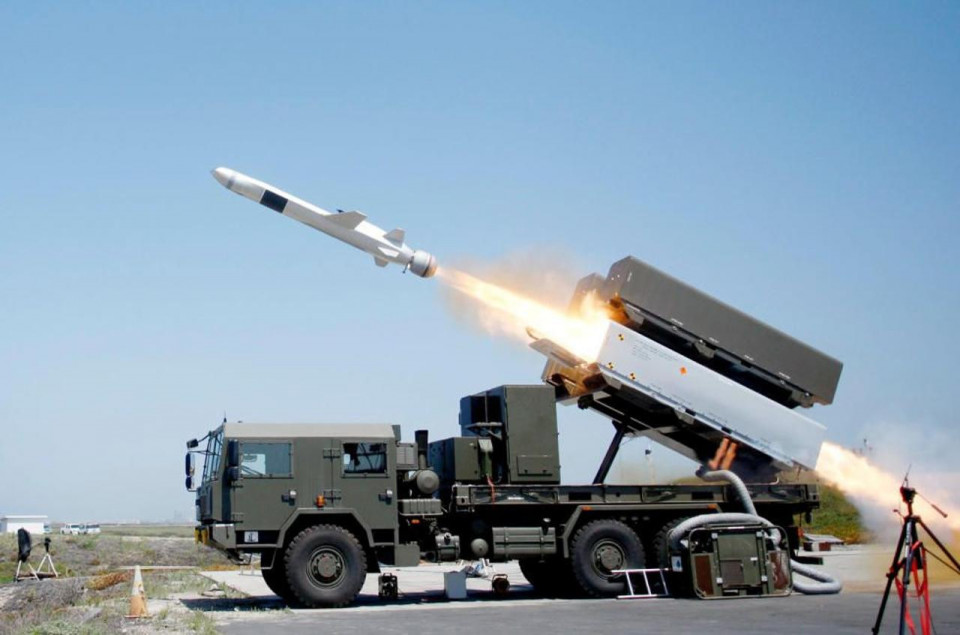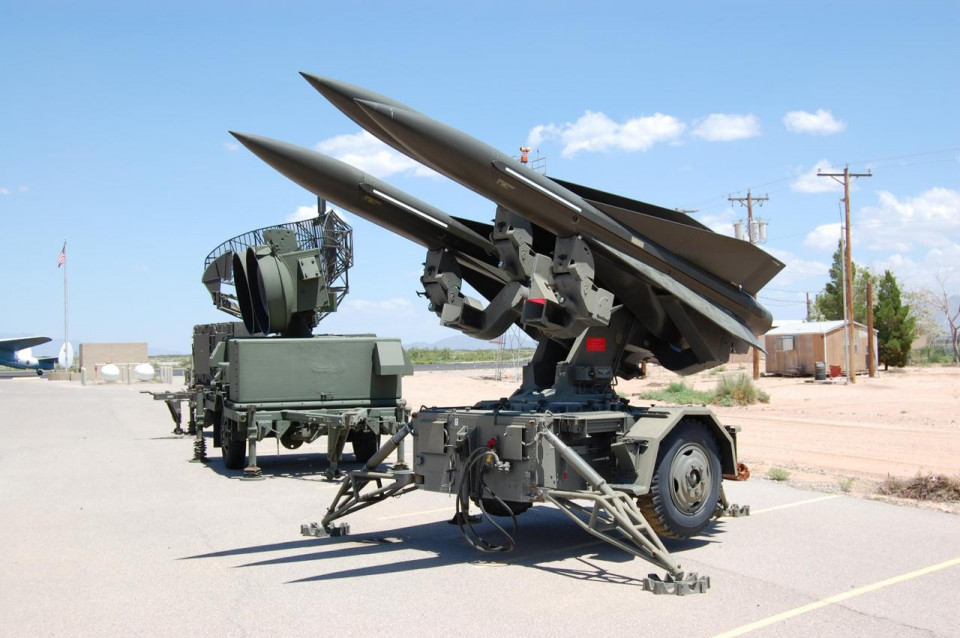
Powerful air defense system that effectively downs Russian missiles: how NASAMS appears in AFU and what this system is capable of
Since the beginning of Russia's full-scale invasion, one of the most urgent issues for Ukraine's Armed Forces has been the supply of anti-aircraft and anti-missile equipment that would help defend against numerous Russian missiles
But this issue moved from a standstill only in October, when the Air Force of Ukraine's Armed Forces received the first powerful IRIS-T air defense system from Germany. Subsequently, Ukraine began to receive other anti-aircraft missile systems, including NASAMS, which we will talk about in this article.
NASAMS air defense system: a long way to the Air Force of Ukraine's Armed Forces
Speaking of NASAMS, it will not be superfluous to mention here that this system was considered as one of the potential options for strengthening Ukraine's Armed Forces not only in 2022, after the Russian Federation's full-scale invasion of Ukraine, but also earlier.
It is about the vision of the Air Force of Ukraine's Armed Forces-2035, which was adopted in May 2020. It stated that the anti-aircraft missile forces should be equipped with modern anti-aircraft missile systems produced by foreign companies. At that time, it was about equipping the Ukrainian Armed Forces' 36-40 units with anti-aircraft missile systems such as NASAMS or similar.

The equipping of the Air Force of Ukraine's Armed Forces with the NASAMS air defense system was considered until February 24, 2022. Photo: twitter.com/oleksiirezniko
After Russia's full-scale invasion in February 2022, Ukraine felt an acute shortage of anti-aircraft missile systems more modern than the Soviet ones, which would help defend against Russian missiles.
One of these systems is NASAMS — at the end of March, Ukrainian President Volodymyr Zelenskyy appealed to Norway to provide Ukraine with this anti-aircraft missile system. After months of waiting, namely in July, it became known that Ukraine will receive at least two batteries of NASAMS air defense systems as part of defense assistance from the US, while the Pentagon later specified that six more batteries would be delivered.
After all, on November 7, Ukraine's Minister of Defense Oleksii Reznikov said that the first NASAMS complexes had already arrived in Ukraine, and the Russian missile attack on objects in Ukraine on November 15 was the first test for this air defense system in Ukraine. It coped with 100% efficiency — all 10 Russian missiles were shot down.
Subsequently, it became known that the American Raytheon company also received a contract worth USD 1.216 billion for the manufacture of NASAMS air defense systems for Ukraine with deadlines until November 28, 2025. In addition, the USA is also looking for the Middle East countries that can "borrow" these air defense systems in order to later send them to Ukraine.
The history of NASAMS and its capabilities on the battlefield
When, in the 1990s, Norway felt the need to replace its Improved Hawk anti-aircraft missile system (a modernized version of the MIM-23 Hawk air defense system), it decided that it would not buy a ready-made solution, but would make its own system.

Improved Hawk SAM. Photo: building-tech.org
To do this, the Norwegian Kongsberg Defense & Aerospace company approached the American Raytheon with the idea of taking their AIM-120 AMRAAM air-to-air missile and adapting it for launches from a ground-based launcher.
The idea turned out to be successful, and already in 1994, Norway adopted the first generation of the Norwegian Advanced Surface to Air Missile System, or NASAMS-I.
In the 2000s, Norway decided to improve its air defense system, and the Norwegian army received the first NASAMS-II in 2006. Modernized systems have been improved, in particular, with new radars. They have also become more mobile compared to the previous version.
After all, in 2019, the Norwegian Air Force received the third and most interesting version of the NASAMS-III complex. The system received a number of important updates. Firstly, the upgraded launcher gained the ability to launch the AIM-9X Sidewinder Block II guided missile and the AMRAAM-ER long-range missile, as well as compatibility with the German IRIS-T anti-aircraft missile system. Secondly, the Norwegian complex received an improved fire control system and the option to combine a larger number of both radars and launchers into one large network.
In the latest upgrade of NASAMS-III, this anti-aircraft missile system can launch missiles that are capable of destroying targets at a range of up to 40 km, as well as at an altitude of up to 20 km. The missile has a speed of up to Mach 4 and a warhead weight of about 20 kg.
An AN/MPQ-64 Sentinel is used to find targets. Effective viewing range — 40 km (maximum — 75 km), altitude — 40 km. In addition, the NASAMS anti-aircraft missile system also "knows" how to receive information from other radars.
Oleksii Levkov, Defense Express - specially for Espreso TV.
- News












































